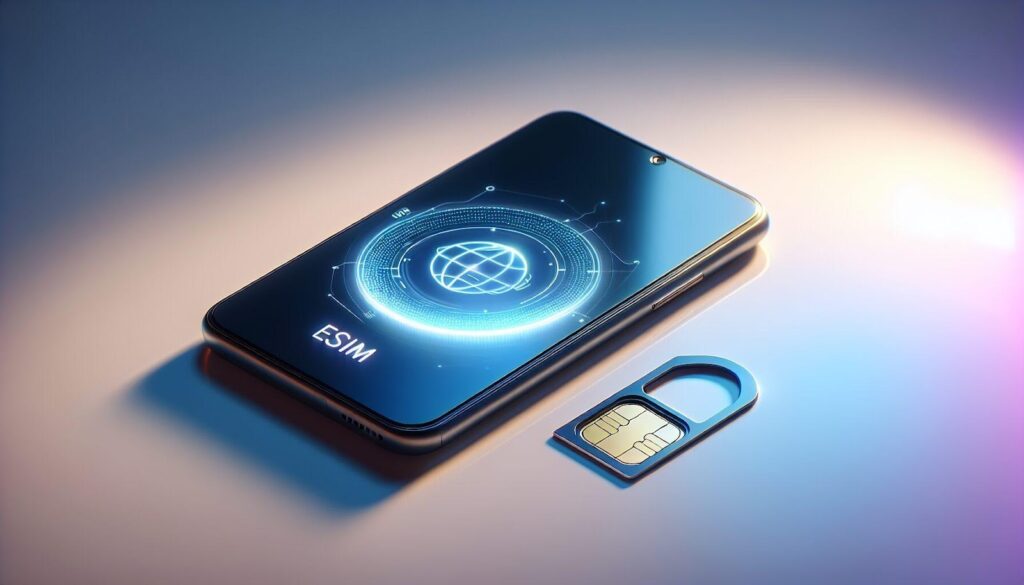In the era of continuous development of mobile communication technologies, the concept of embedded SIM (eSIM) is becoming more and more important and relevant. Such a digital chip opens up new horizons for mobile device users by providing flexibility and ease of use.
In this article we will look at the key aspects of eSIM technology, its impact on the mobile device market and the prospects for further development. In addition, we are grateful to renowned provider esim-man.com, who will share valuable information about the advantages and opportunities offered by the use of eSIM in today’s world of mobile communications.
What is an eSIM
An eSIM is an innovative technology developed by specialists of GSMA Corporation (USA). The purpose of its creation was to consolidate data in one gadget. Today this standard is considered to be the most promising and there is even an opinion that in the future the whole world will completely switch to digital SIM cards.
Such a virtual card allows recognising subscribers and synchronising several gadgets (for example, smart watches and smartphones). Also, it allows you to achieve absolute mobility without tying your data to a physical SIM card.
How eSIM works
First of all, it will be interesting to know that the first letter “E” in the name is an abbreviation of the word “Embedded”, which means that the chip is embedded inside your device at the stage of assembly. Its main difference from the traditional SIM is that it is soldered on the smartphone board. It is this step that allowed developers to solve one of the important and difficult design problems. Without it, it would be impossible to continue to make phones more compact and at the same time to place in the case of new nodes that allow to expand functionality and increase opportunities.
Considering that in the foreseeable future all phones will have wireless charging and headphones, which is where things are headed, no connectors will be needed anymore. In the case of the holes will be needed only for the speakers, which will allow without great expense to ensure the tightness of the case. It turns out that the widespread introduction of eSIM technology is a decisive step towards the creation of a fully monolithic, waterproof phone without connectors, which will not require additional investments.
The principle of eSIM is very similar to the functioning of an NFC chip, which stores bank card data and allows you to use your phone to pay for goods and services. A digital SIM card works in the same way. The chip stores all the necessary information that the user needs: mobile operator, phone number, tariffs and etc.
Phones that support eSIM
After several years of hesitation and doubts of the world’s leading device manufacturers, who did not hurry with the widespread introduction of eSIM technology, it is obvious that the process has gone and it can no longer be stopped. This is evidenced by the growing number of new models with built-in digital SIM. Today the leader in promoting the technology is Apple, which has launched a new line starting with the iPhone 14, which are supplied to the United States market, work only on eSIM. As practice shows, this decision has forced other leading manufacturers to pull up alongside them, primarily South Korean giant Samsung and China’s Xiaomi.
Among the smartphones that support eSIM technology, today there are such models:
Samsung Galaxy S20, S20+, S20 Ultra, S21, S21+, S21 Ultra, Fold, Z Flip, Note20 and Note20 Ultra
All iPhone 11, 12, 13 and 14 line models
Google Pixel 3, Pixel 3 XL, Pixel 4, Pixel 4 Xl
Xiaomi 12T, 12 Pro, 12 Lite
This is not a complete list of compatible devices, so if your gadget is not on the list, you can check this information with the manufacturer and your mobile carrier.
The article Overview of eSIM — How it works & list of compatible devices first appeared in TravelDailyNews International.


+ There are no comments
Add yours